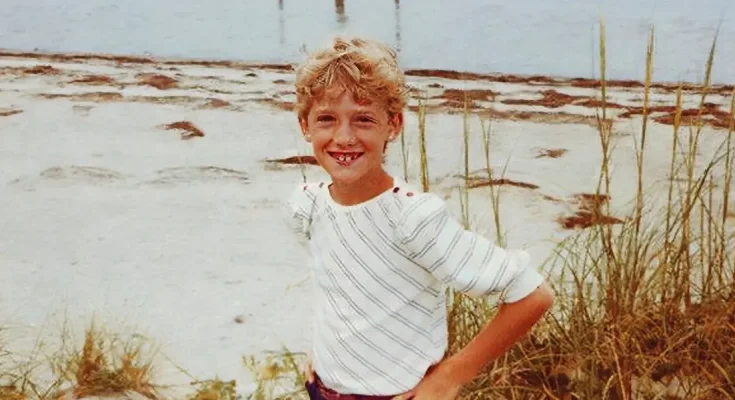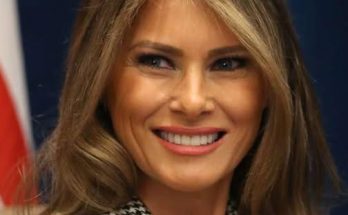She rose to fame as the queen of quirky sidekicks. Now, after years of fillers, personal battles, and stepping into advocacy, this Hollywood star is embracing her 40s with confidence — and fans are loving her current look.
With scene-stealing roles in cult comedies and box-office hits, she carved out a unique space in Hollywood — one built on wit, warmth, and that unmistakable voice. But while her on-screen presence was effortless, the off-screen journey was far more complicated.
Now, she’s rewriting the narrative. With a fresh outlook, a commitment to honesty, and a growing presence as an advocate for women’s health, she’s showing the world what it really means to age on your own terms.
From Ballet Slippers to the Big Screen
Born Judith Therese Evans just outside Detroit, Michigan, this actress grew up in a devout Catholic home as the daughter of a former nun and a mechanical engineer.
“Wow,” one netizen commented on a throwback snap of the Hollywood star. “So cute!” another shared while a third said of another childhood photo, “This is one of the best things I’ve ever seen.” “Ah, the 80’s. Absolutely adorable,” someone else wrote.
Long before she ever stepped onto a film set, she was focused on a different kind of stage. She spent nearly a decade training in classical Russian ballet. Eventually, her interests shifted, and she earned a place at DePaul University’s Theatre School in Chicago.
After juggling a string of odd jobs during college, the young talent landed her first film role just three days after graduating — a small part in the 1998 romantic comedy “Kissing a Fool.”
The following year, she secured a breakout role in “Jawbreaker,” playing a shy high schooler transformed into a confident queen bee following a dark twist involving a classmate’s accidental death. The performance caught Hollywood’s attention, and her momentum never slowed.

Like many women in Hollywood, this famous actress turned to cosmetic procedures early.
Her television work began to grow in tandem with her film career. She became a recurring favorite as Kitty, the chaotic assistant to Jason Bateman’s character on “Arrested Development,” while guest roles on shows like “Love & Money,” “Maggie Winters,” and “Early Edition” kept her in steady demand.
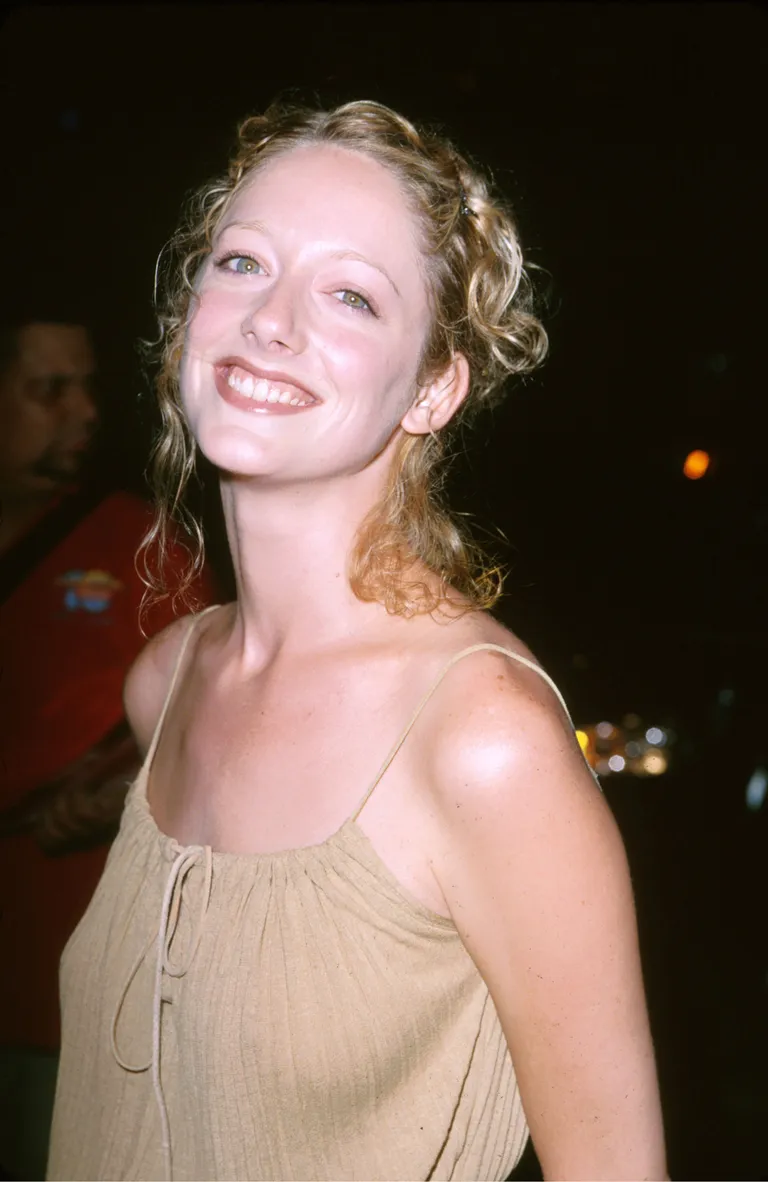
Her supporting role in “What Women Want” in 2000, opposite Mel Gibson, revealed her strength in drama. Just a year later, she delivered comedic gold in “The Wedding Planner,” playing the lovable, scatterbrained sidekick to Jennifer Lopez.
By the time she appeared in “13 Going on 30” as Jennifer Garner’s scheming frenemy in 2004, she had firmly cemented her reputation as one of Hollywood’s most reliable and versatile supporting actresses.

Reflecting on her early years in the industry, the Hollywood star shared that she wished someone had told her, “It’s ok if people don’t like you. And just because you have to make money, you’re still an artist.”

Behind the Smile – Fillers, Self-Esteem, and the Silent Creep of Addiction
The famous actress turned to cosmetic procedures early. By her own account, she had likely started using fillers in her twenties.
It wasn’t excessive or extreme, just the occasional round — what she called the “average amount of things.” But those decisions weren’t rooted in industry pressure, at least not entirely.

She explained that her vanity felt more personal than professional, “I think that my personal vanity has more to do with, like, my personality and my DNA than my job because I don’t think I need to look a certain way for the roles that I play, thank God.”

The irony, she admitted, was that she felt most comfortable in roles where she wasn’t supposed to be beautiful. Playing the everyday woman, the character who blended in or felt relatable, gave her a sense of freedom.
It was the “attractive” roles that chipped away at her self-esteem. On set, she became hyper-aware of how she was perceived — feeling under scrutiny from lighting teams, makeup artists, and even crew members just passing by.
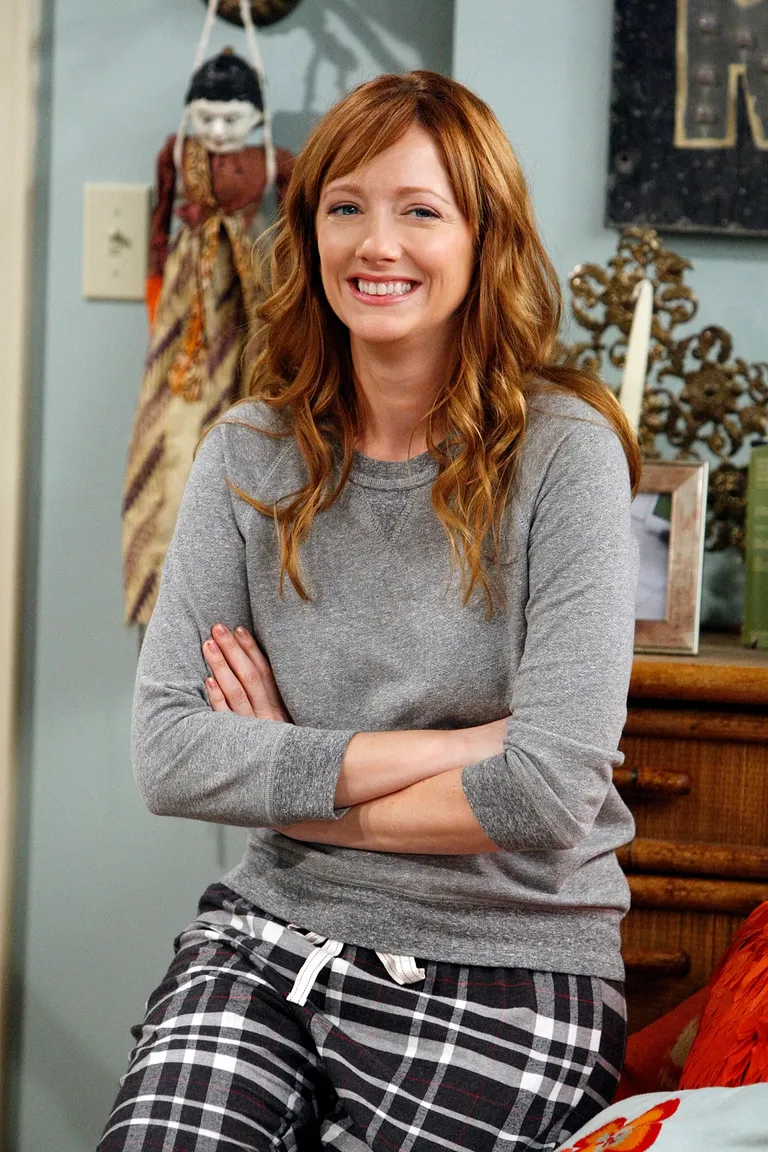
The weight of being seen as “beautiful” became a burden. She never aspired to be a movie star in the traditional sense, and in many ways, that lack of pressure felt like a blessing. Still, she admitted:
“I do care a lot about how I look, and I think that’s just, like, Judy vanity.”
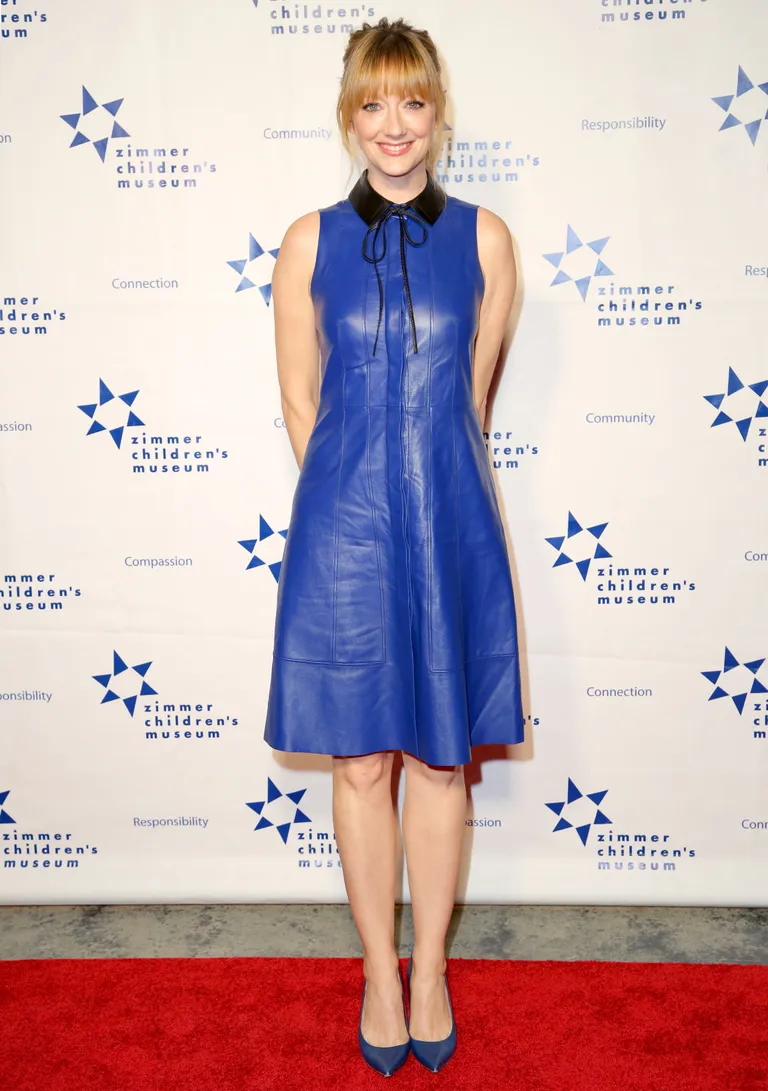
Decades later, that internal discomfort would take a different form — one far more difficult to control. While she described herself as a heightened social drinker, alcohol didn’t seem like a problem for much of her adult life.
She wasn’t the type to drink alone or unwind with a glass of wine after work. Instead, drinking was tied to people, places, and energy. Events, dinners, wrap parties, weddings — if there were drinks flowing, she was part of it. But everything changed in 2020.

As the pandemic shut the world down, her drinking habits escalated. With her stepchildren already out of the house and her husband still working remotely, evenings at home became opportunities to drink — often nightly, often with friends over Zoom.
Sobriety has also impacted who she spends time with and how long she wants to be out.

“I don’t know it just kind of, like, really amped up in a way that, like, kind of was, like, ‘What am I doing?'” she recalled. In January 2021, the Hollywood star decided to stop. Dry January led to Dry February, then March. She took on a few jobs and committed to staying sober through the work.
The plan was to reset before an upcoming trip to Napa with friends. She had gone nearly six months without a drink when she went on that trip, did all the usual things, and felt fine. For a while.

Then the old patterns crept back in. The return of those habits prompted a deeper reflection. She began reading “quit lit” — books focused on sobriety and addiction — and one in particular, “This Naked Mind” by Annie Grace, resonated with her.

By 2022, she quietly embraced sobriety, though she hesitated to use the word at first. Since then, she’s discovered that sobriety hasn’t just changed how she feels physically — it’s reshaped her social life, her boundaries, and her sense of self. The actress shared:
“I like myself sober. Like, I like how I feel. I even like the times where I have low self-esteem. I like it because the way I feel without alcohol or drugs at a low self-esteem moment is so much better than how I feel hung over the next day.”

Sobriety has also impacted who she spends time with and how long she wants to be out. These days, she’s happy to make it through one or two rounds of drinks before heading home.
Her social circle adjusted as well, though not without questions. Some friends wondered silently whether this new phase was temporary — whether she’d still be “fun.”

The actress took it in stride, even offering to bow out of group trips if they preferred to keep things boozy. Deep down, she hoped her choice might inspire others to cut back.
And even if it didn’t, she had made peace with the fact that this version of herself — clear-headed, self-aware, and entirely present — was someone she liked a lot more.

Stepping Forward – Aging, Advocacy, and a New Kind of Leading Role
This actress is none other than Judy Greer, who, at 49, has built her career as Hollywood’s go-to best friend and is now stepping into a role that’s entirely her own — one defined not by youthful charm, but by clarity, confidence, and a deep commitment to truth-telling.
For Greer, being an actress in her 40s has opened doors she didn’t expect. “When I first started acting, I felt like youth was everything and I was very aware of that,” she said in 2022. “And now I think that the zeitgeist, the consciousness is shifting and we’re all sort of feeling differently about body image.”
As the landscape changes, she’s noticed a subtle but significant evolution in the way women her age are portrayed — and perceived. She added:
“I feel very lucky to be an actress in my 40s right now because there are great roles for us. There’s a long way to go. Please don’t get me wrong, but it’s a start and I’ll take it.”
That shift in perspective isn’t just happening on screen. Off screen, Greer has emerged as a vocal advocate for perimenopause and menopause awareness, tackling a subject that remains under-discussed even as millions of women experience it.
In partnership with Wile, a wellness brand targeting hormonal health for women over 40, the Hollywood star has been working to break the silence around this transitional phase of not being old, young, or anywhere near done.
Her drive to open up these conversations stems in part from what she didn’t learn growing up. “My parents, I love them, but they didn’t tell me [expletive],” she admitted. Topics like intercourse, periods, and menopause were simply off-limits in her household, leaving her to piece things together later in life.
That’s why Greer has been determined to be part of the generation that shifts the dialogue. “We can all feel like we’re not losing our minds when we’re starting to experience these symptoms,” she said. “However young and however long they last.”
That same spirit of honesty has extended into how she presents herself publicly. In December 2024, Greer posted a makeup-free selfie to Instagram, seemingly mid-workout.
“Beautiful lady,” one netizen wrote. “Gorgeous,” said another. “Looking beautiful as always. Keep being awesome! ❤️” someone else commented.
Outside of her work, Greer’s identity has grown in other meaningful ways. Since marrying producer Dean E. Johnsen, she has embraced life as a stepmother to his two children, Lucas and Emilee. “Being a stepmom has been the greatest gift,” she said. “There was a big learning curve, but it’s been so awesome and fun.”

Greer has spent decades building a steady, standout career — and now, she’s stepping into this next chapter with purpose. With clarity, humor, and a renewed sense of purpose, she’s meeting life in her 40s head-on.
